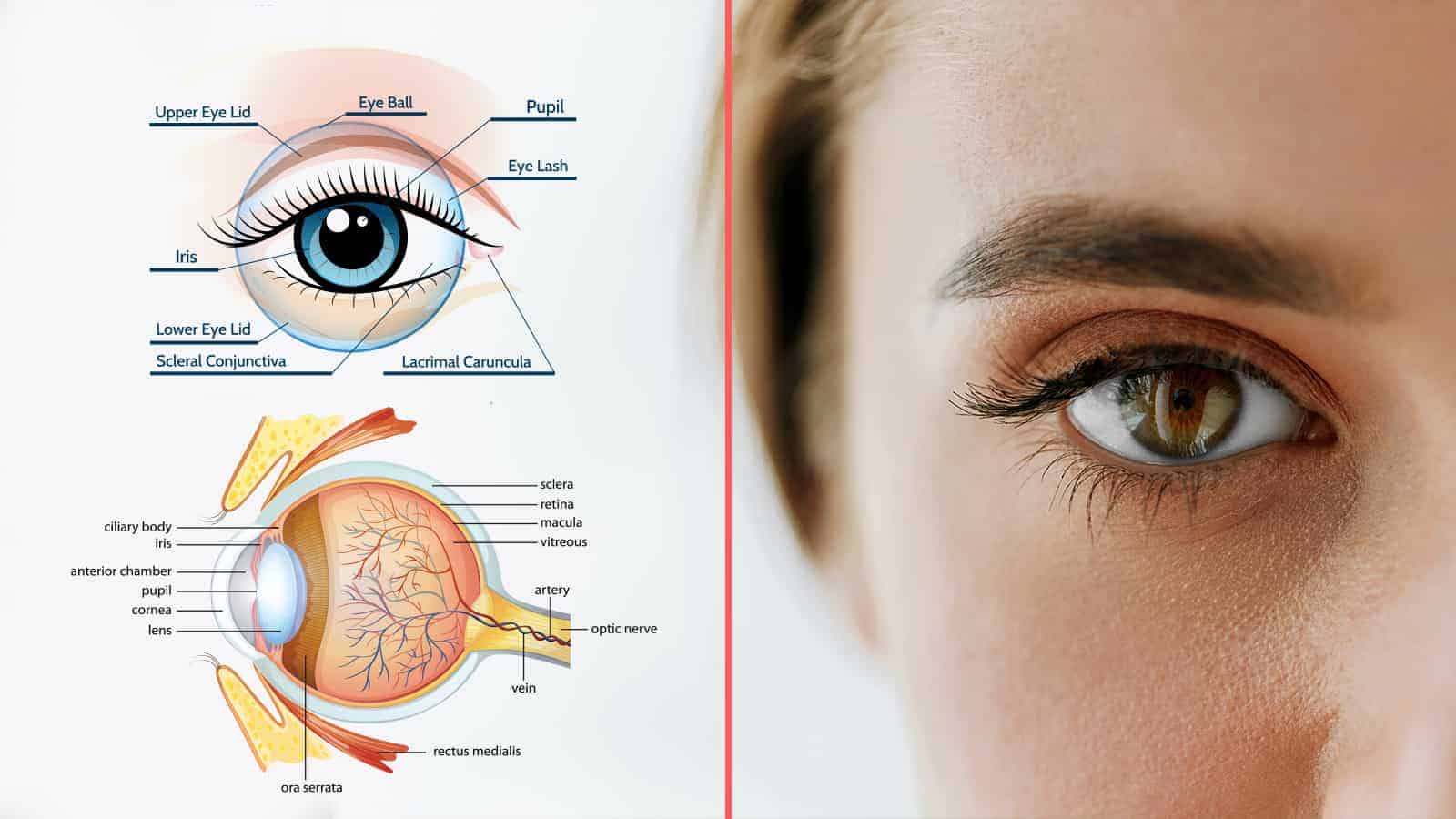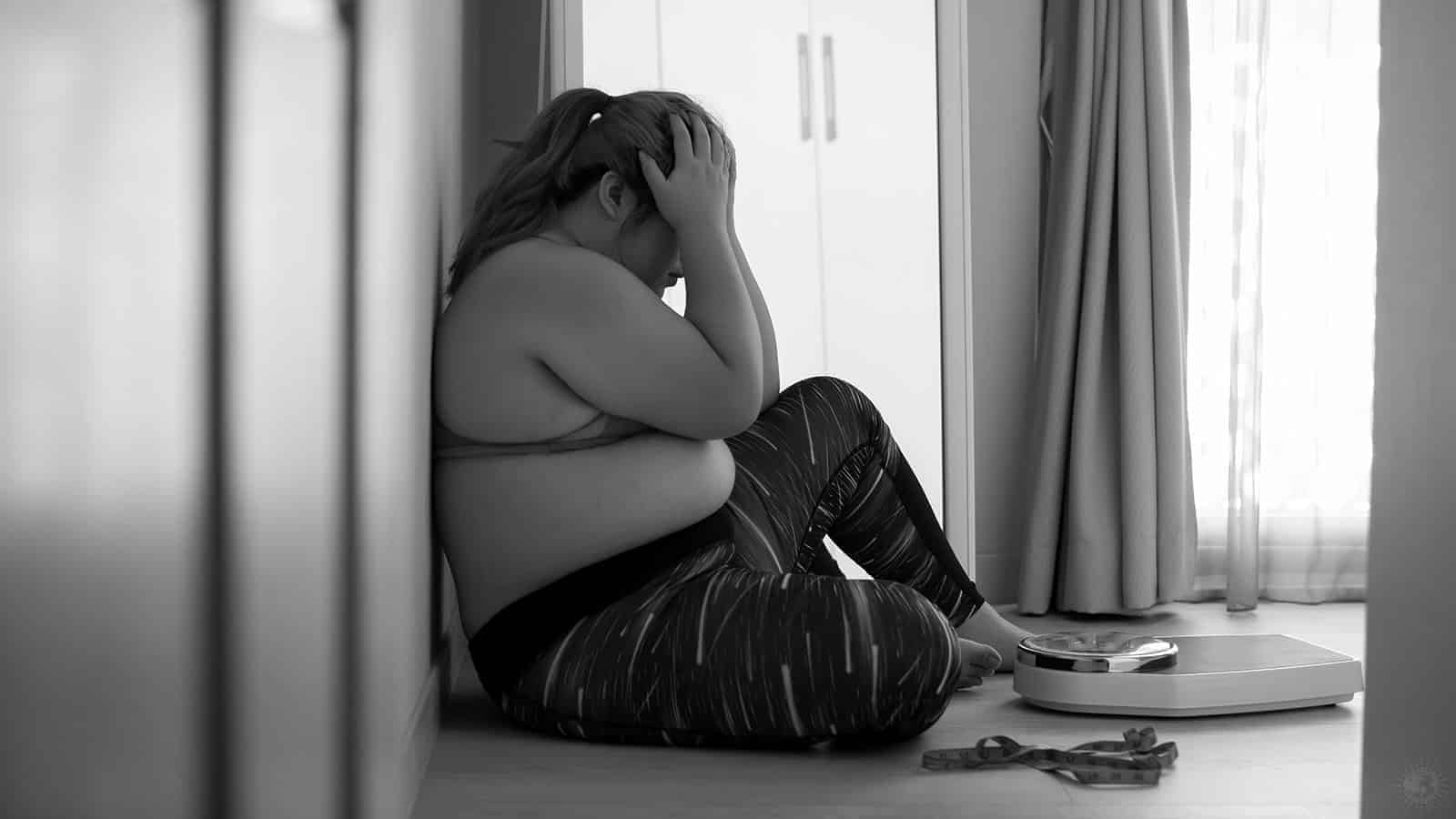Your eyes are essential to see the beauty of nature and the face of your loved one. If you begin to experience poor vision, then it’s a cause for alarm. Many conditions can cause visual disruptions, and you need to have any vision issues evaluated immediately.
In most cases, your eye troubles are age-related and expected. It can also indicate that there’s something more malignant behind the visual changes. Here are the most common things that can cause poor vision.
1. Age
As you age, your vision will change. For some, the visual changes will be quite drastic. It’s common to require glasses to read and see things up close by the time you reach 40 years of age. Sadly, if you already had a problem with being nearside, then you will now require bifocal lenses. It’s exceedingly rare for a person to have 20/20 vision as they age.
One of the leading causes of visual changes is a loss of muscle strength in and around the eye. Eye muscle weakness will dictate how quickly your eye responds to light. The pupil is slower to react because the muscles aren’t as quick to stimulate the movements needed. Thus, your vision changes.
If you find that you are sensitive to bright lights as you age, this is a hallmark sign of a pupil that is slow to react. It’s best to have an anti-reflective coating added to your glasses, which helps to protect the eyes from lights that are too bright.
2. Dry Eye
Numerous things can cause dry eye, and one of the biggest culprits of this condition is medications. Prescription and herbal treatments that reduce the amount of fluid in the body can affect the eyes, causing them to dry out. It’s easy to treat this condition with artificial tears.
You should keep in mind that your eye needs lubrication to function correctly. If you fight a chronic dry eye, it can cause you to experience poor vision when the eyes are dehydrated.
Another common issue that causes dry eye is sitting in front of a computer screen or being on other electronics or long periods. The bright lights from the screens tend to be drying to the eye, and you don’t blink as much when you are engaged in a game.
3. Reduced Peripheral Vision
Your peripheral vision is the ability to see to the sides. You must have this ability for driving and other activities. If you lose your peripheral vision, then it’s said that you have tunnel vision.
It’s estimated that by the time you reach 70 years of age that you have already lost more than 30 degrees of your visibility. Those who are still driving when this happens must be careful, especially with their blind spots. Thankfully, some mirrors can be added to any vehicle to help extend the visual field for your safety.
Your peripheral vision will decrease about a degree each decade, so it’s something to pay close attention too as you age.
4. Macular Degeneration
Macular degeneration is usually age-related. Unfortunately, there’s nothing that you can do to prevent this visual disturbance. Sadly, each person will experience this as they age, but there are ways to slow down the progression of this disease before you go blind.
The macula is the sensitive area within the retina, and it deteriorates as you age. Once this area degenerates, it affects the central vision. Though it’s thought of as a condition that only affects those of advanced age, it can also occur if you have experienced an eye injury that affects the retina.
In most cases, MD progresses very slowly, but there are a few cases when it happens over a period. Those who have a slow progression will notice blank spots that appear in their central visual field. Though initially, this disease will not cause you to go blind, it will eventually take your sight in later stages.
As it progresses, you won’t have enough vision to read a book or clean your house. Sadly, you will eventually lose the ability to see the face of your loved ones. MD starts with little to no symptoms, so it’s essential to have a yearly eye examination to see any changes to the central visual field.
5. Cataracts
Developing a cataract is quite common in adults age 60 and older. There is a protective lens that covers your eye to filter out dirt and impurities. As this lens ages, it becomes cloudy and hard to see through. Think of it as a car window that is fogged-up from temperature fluctuations.
Lenses with protein buildup can make seeing impossible. Though you still have necessary visual abilities, you cannot drive at night, read a book, or make out the expression on your loved one’s face. These changes happen gradually, which gives you enough time to get treatment before you have poor vision that affects your daily life.
Early on, you won’t notice many changes to your site, but as the condition progresses, so does the visual problems. The lenses are foggy because of age and a protein buildup that forms on them. Sadly, these cloudy lenses are the most common cause of blindness in the world.
A surgeon can remove the clouded lens from your eye and replace it with a plastic one that allows you to see. Another option is to use sound waves to break up the protein layer and suction if from the lens. If you leave this condition untreated, it will cause complete vision loss.
6. Diabetic Retinopathy
Your blood sugar levels need to stay around 100 to 125 mg/dl. When your blood sugar consistently stays over 140 mg/dl, nerve damage occurs within the body. One of the major areas affected by high glucose levels is the eyes.
Diabetic retinopathy is a condition caused by high sugar levels in the body. The nerves in the eyes become damaged. The most common symptom of this condition is blurry vision, though you may experience dry eye too.
In some cases, the problem is temporary as sugar levels are too high and causing the eyes to react. However, if the glucose is left too high for too long, then the damage can become permanent. The first stages of diabetic retinopathy cause little to no symptoms, but eventually, it will progress to complete blindness.
With this condition, the body gives subtle warnings that your visual fields are being affected by the high sugar levels. Thankfully, if you heed this indication, you can reverse the problem and restore your sight. It’s estimated that there are more than 34.2 people in this country with Type 2, and over eight million individuals don’t know they have it.
It’s imperative to pay attention to any visual changes in your eyes, especially if you are at a high risk of developing Type II. Things that can increase your likelihood are obesity, family history, and a poor diet.
7. Floaters and Flashes
It’s completely normal to have floaters or flashes occur in your field of vision. The fluid that surrounds the eyes can get various debris in them as you age. The floaters you are seeing are merely shadows of that debris in the eye’s fluid.
Keep in mind that about 99 percent of the time, these nuances are harmless. However, an abnormal amount of this activity type can indicate a detached retina, which is a severe condition. A detached retina can cause poor vision or a complete loss, but floaters and flashers don’t cause such issues.
8. Glaucoma
When abnormally high pressure exists in the eyes, it causes damage to the optic nerve. This damage is known as glaucoma. This disease may not produce any symptoms, or you may have tunnel vision or blind spots.
If not treated, glaucoma causes complete blindness. Even those that do have treatment will likely lose their sight as time goes by. There are strong genetic links to this visual disturbance, so if it runs in your family, then it’s best to be checked.
9. Retinitis Pigmentosa
Retinitis Pigmentosa or RP is a hereditary condition that affects the retina inside the eye. The light-sensing cells within the eye become damaged, and the retina will slowly deteriorate. There is no cure for RP, and it affects more than one out of every 4,000 people.
Folks with RP usually notice changes to their colored vision and are disturbed by bright lights. Eventually, the entire visual field will be affected. RP almost always causes complete blindness, and no treatment is known to slow the progression.
Final Thoughts on Identifying the Causes of Poor Vision
Do you know what is considered normal visual changes as you age and what’s regarded as a cause for alarm? It’s common to have some changes as the body grows older, but some things are worrisome.
The best way to combat any vision problems is to have your yearly eye exam, especially as you age. Any changes that are troublesome to you need to be evaluated immediately. Putting off these matters can cause poor vision and blindness.
In some cases, the body is trying to tell you about an underlying problem, such as high glucose levels. Your prompt attention can save your sight and your life in these instances.




















